Choosing the appropriate hardware is crucial while building a network with optimal reliability and performance. In both the service provider and enterprise settings, Juniper SFP transceiver modules are fundamental in providing seamless transmission, configurability, and scalability. But with so many options available in the market, what criteria sup Module is best suited for your requirements? This in-depth article will aid you in understanding the fundamental features, applications, and advantages of Juniper’s SFP transceivers. This guide will aid you in augmenting your network infrastructure by assisting you in decision-making for optimizing your existing or scaling your future networks.
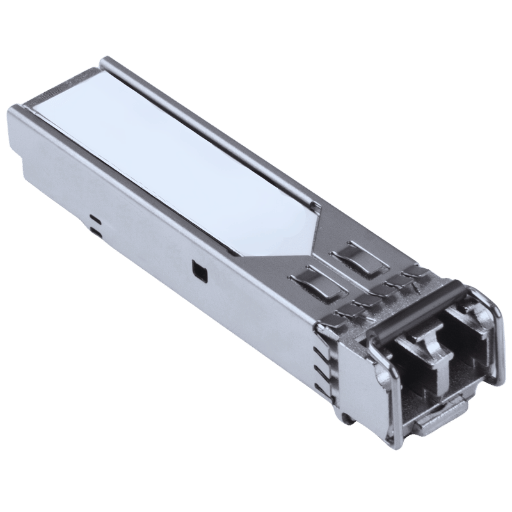
Due to their exceptional dependability, compatibility, and performance, Juniper SFP transceivers continue to be a preferred selection. The transceivers are intended to work with Juniper switches and routers for the best possible network performance. These transceivers are appropriate for various networking uses because they support multiple data rates and ranges. Furthermore, to provide adequate security and lower network failures, industry standards undergo stringent testing of their Juniper SFP modules. With respect to performance, the modules also enhance operational efficiency; therefore, they are considered instruments for cost-effective network infrastructure that require easy expansion and optimization – all due to their unmatched adaptability.
Juniper Networks sells a large variety of Small Form-Factor Pluggable (SFP) modules, which are meant to add improvements in the performance and optimization of the network. These SFP modules fit within a range of network environments and enable high-speed data transfer for use in data centers, enterprise networks, and telecommunications. Juniper SFPs are built to be reliable and contain important features like Interoperability with different devices and industry compliances for smooth operations. Encompassing diverse networking needs, Juniper’s SFP offerings are scalable and efficient and offer dependable solutions.
In my opinion, avoiding problems with Juniper systems significantly facilitates functionality, optimizes troubleshooting processes, and provides a sense of reliance that the entire infrastructure operates within prescribed standards and recommendations by major industry players, which is critical for avoiding cascading network failures and downtime.
High-Paced Information Transfer
Flexibility with Networking Solutions
Improved Flexibility of Scaling
Energy Optimization
Sustained Growth In Network Performance
Value-Adding Enhancements In The System
Reduced Maintenance Burden
Deploying the Gigabit Ethernet transceivers allows any institution to strengthen and streamline its networking infrastructure, making it more adaptable and efficient to meet contemporary technological needs.
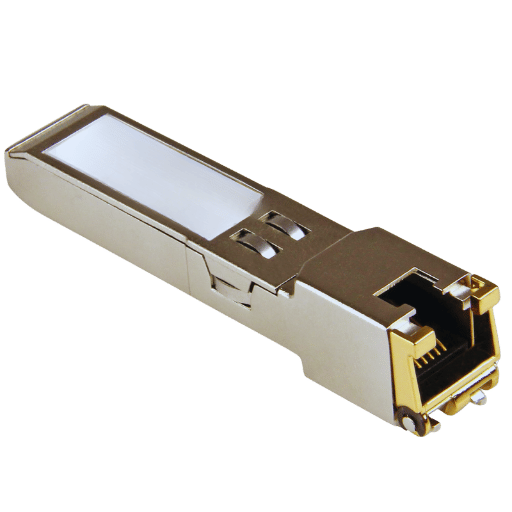
While verifying compatibility with Juniper SFPs, it is very important to check the SFP’s datasheet for exact requirements. The datasheet contains very important details related to supported data rates, operating wavelength, transmission distance, and the type of connector used. It also covers compliance with industry standards like IEEE 802.3 and MSA (Multi-Source Agreement), which governs compatibility with other network elements.
For example, If using SFP modules for a 10GbE application, the datasheet should show relevant support for the module at 10 Gbps, the fiber type (single-mode or multi-mode), and the maximum range applicable. Distance can be shown for devices like the Juniper EX-SFP-10GE-SR, which serve SCTP applications because they support boosted modes of multimode fiber extending to 300m when used with an OM3 cable.
The list is not complete without noting other key sections, especially on power, which should be listed in the datasheet. A case will apply where, with most Juniper SFP modules, power usage is less than a Watt, which increases usefulness in energy-constrained networks. These modules will also set their working temperature to standard (0°C-70°C) or industrial grade (-40°C-85°C) depending on operational conditions.
Lastly, examining the notes regarding compatibility on the datasheet verifies whether or not the SFP is designed for omnidirectional application or specific use with Juniper equipment. Check this information against the Juniper hardware compliance guide to avoid integrating errors while guaranteeing uninterrupted operational functionality.
As part of the compliance with the Multi-Source Agreement, SFP Transceivers are certified multisource as they operate on a baseline set of guidelines permitting interoperability with devices from other manufacturers. Transceivers that comply with MSA are ensured to work with branded networking devices as they provide basic functionalities. Even though there are benefits to transceivers having such a broad scope of compatibility due to MSA compliance, it is still critical to check the specifications against the transceiver’s specific hardware in such situations in order to achieve the best performance from the device.
In the current climate, the significance of customer feedback cannot be overemphasized. Research indicates that almost 93% of shoppers consider customer reviews before making purchases, which further showcases the impact customer sentiments have. Credible reviews establish trust, while criticism helps improve products or services.
To collect reviews easily, businesses can utilize an array of channels ranging from email marketing, to post purchase surveys, to specialized review sites. Satisfied customers who are asked to share their experiences are more likely to do so, translating into repeat business. Addressing negative reviews in a constructive manner will instill trust and demonstrate commitment to customer relations.
Further research indicates that businesses that fare better on reviews have an increased chance of ranking higher in local business listings, giving them increased business visibility. Despite this, reviews still need to be authentic without bias to retain genuine value. Today’s customers are savvy enough to spot fake reviews a mile away, damaging the chances of continued brand loyalty.
Regularly monitoring increases customer retention while appealing to customer needs. Customers become more engaged and loyal to the brand. In essence, the feedback loop facilitated through these reviews is the most powerful way to refine business operations and align with expectations.
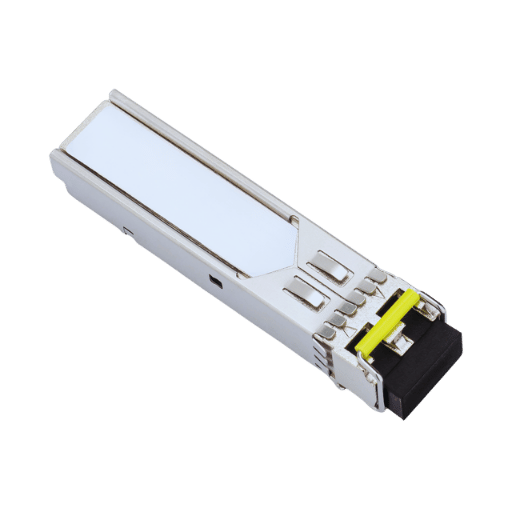
It is important to learn that warranty support, compatibility, and guarantee of a product’s authenticity when purchasing Juniper SFP transceiver modules depend on the dealer that you acquire the product from. Below is a detailed register of the other options alongside the main online dealer to order the modules from:
1. Authorized Dealers
Juniper Networks Certified Partners
Value Added Resellers (VARs)
Local Distributors
2. Online Platforms
Juniper Networks Official Website
CDW
Newegg
Amazon Business
eBay
Purchasing from official channels or through authorized dealers greatly reduces the chances of acquiring counterfeit goods while assuring maximum performance and integration with Juniper networking devices.
A proper analysis of refrigeration tech deals involves checking all target platforms for the best prices on Juniper SFP modules. Online stores like Amazon are popular as they have new and refurbished SFP modules on sale. For example, Juniper SFP modules are priced between $50 and $300, depending on the manufacturer and the specific model.
Specialized CED retailers CDW and Newegg also serve as reliable alternatives. CDW is trusted for their enterprise grade optics and gives CDT SFP modules at roughly $80 while Newegg offers CDW discounts for bulk orders.
B2B sites like FS.com are cheap and override competitors in terms of quality assurance. These vendors offer generic Juniper SFP modules starting from $20. For warranty compliance deals offer authentic parts which help lower long-term maintenance costs when bought in off-peak periods.
Optimize the price deal by checking customer reviews alongside retailer warranties and return policies. These not only ensure ideal pricing but also reinforce long-term value.
While purchasing Juniper SFP modules, it is critical to look at warranty clauses and return policy conditions because these issues are fundamental in protecting your SFP module purchase. Most authorized dealers offer normal warranties of 1 to 3 years for manufacturing defects and performance-related issues. For example, some vendors have put in place replacement policies within certain periods of time to reduce idle time associated with module failures.
Moreover, some retailers have policies that allow them to return items without having to state a reason, such as a 30-day policy that promotes good testing of the modules before actual use. Also, pay attention to policies that deal with charging refused items, such as restocking fees. Some sellers restock items that have been returned for refund purposes, which pay away a falling profit in the first instance contrary to the initial savings advertised. To remove doubts, it is best to choose certified resellers as their warranties substantially career endorsed guarantee arise poses offered of purchase, thereby making safe bypassing mandated claims warranties.
Access to services that deal with clients to be helped with issues that arise under the warranty or return are other equally important points. There are retailers who offer 24-hour, day, and 7 days weekly support when it comes to taking care of configuration problems and dealing with broken items. After going through the rest of the options surrounding deals related to the purchase to be replaced with another offer, you are sure you have locked in a supplier whose networking equipment is well-vetted and trustworthy.
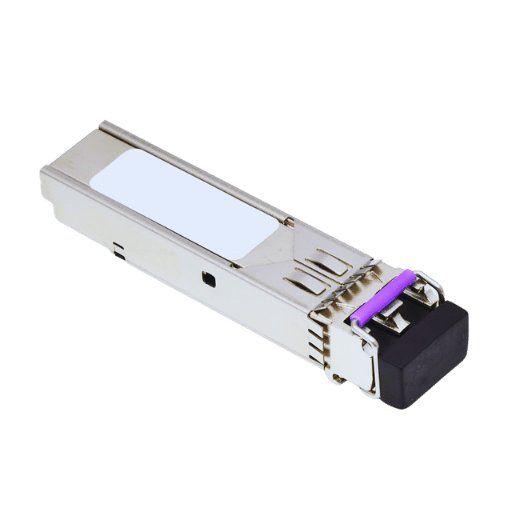
It is crucial to ensure that the SFP is compatible with the existing network equipment and applications of interest while looking at optical and wavelength parameters for a Juniper-compatible SFP. Some of the important parameters for consideration are the fiber type, which affects the wavelength (multimode fiber uses 850nm while single-mode fiber uses either 1310nm or 1550nm), the rate of data transfer, and the distance to be covered, which can be short range or long range. Verify that the SFP is compliant with industry regulations from IEEE and MSA; otherwise, functionality can be affected. These parameters should be the same as the requirements in order for the system to work efficiently with minimum downtime.
Appropriate selection of the LC connector and the type of fiber is quintessential in ensuring compatibility and functionality across a network. Known for compactness, LC connectors enable high-density activities; hence, they are ideal for modern networking ecosystems. It is also important to consider if the infrastructure incorporates single mode fiber (SMF) or multifiber mode (MMF) when determining the fiber type.
Single mode fiber is extensively used in long-range applications because its core diameter is smaller, around 9 microns. Additionally, it can transmit data over distances greater than 10 kilometers with minimal loss of signal. It is commonly used with 1310nm or 1550nm wavelengths and is widely used in telecommunication as well as large scale data center deployments.
Conversely, multimode fiber has a greater core diameter of 50 or 62.5 microns and is better for short range applications such as intra building or campus network usage. Multimode fiber is more suited to less expensive standards such as OM3 or OM4 with 850nm wavelength for a distance of 300 to 400 meters, although the actual limit depends on the grade of the fiber used and the equipment utilized.
Moreover, verify that the LC connectors are polished to APC or UPC standards as per your specific performance and return loss requirements. Careful selection of the LC connector and fiber type improves performance while also reducing data loss, signal degradation, and ultimately increasing the robustness and dependability of your network infrastructure.
While assessing the temperature range and the durability of fiber optic cables, the operative and storage temperatures outlined by the manufacturer must be taken into account. As a rule of thumb, the majority of fiber optic cables can function within a temperature range of -20 degrees Celsius to +70 degrees Celsius; however, specialized cables built for extreme conditions may exceed these limits. Factors that affect longevity include the material used for the outer jacket, UV resistance, and other mechanical characteristics such as tensile strength and crush resistance. As a best practice, choosing fiber optics with more rigid constructions offers added value in situ outdoors or in industrial environments. To mitigate the risk of performance degradation, always check the influence of the environment on the signal before proceeding.
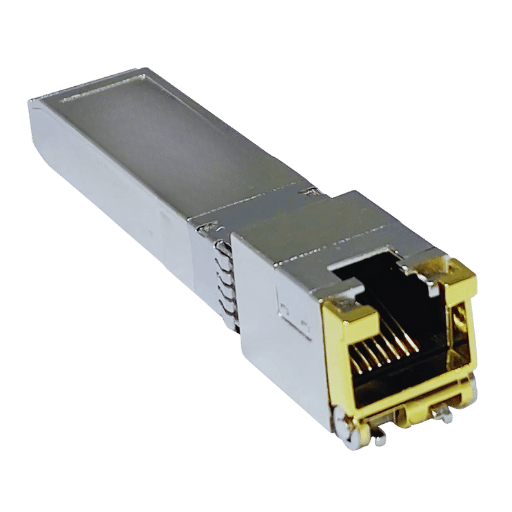
An effective diagnostic strategy is necessary for identifying issues related to the Small Form-factor Pluggable (SFP) transceivers in order to determine the root cause of the problem. Some common problems are shown through a loss of signal (LOS), an increase in the Bit Error Rate (BER), or connectivity issues. The reasons for these problems could be a fault in the transceiver itself, improper installation, incompatibility, or even environmental factors.
Inspect Physical Connections
Verify Transceiver Compatibility
Check signal and power parameters
Check the firmware and configuration parameters
Test with known good components
Factors From The Environment
These steps should be enough on their own to resolve most user SFP transceiver issues. For more complex issues that cannot be resolved without assistance, contact the vendor or manufacturer for further diagnostics and analysis.
A systematic methodology should be adopted to ensure precision and dependability during the testing and verification of SFP transceivers. Below are refined procedures oriented towards data to aid in execution optimization.
SFP Module Visual Inspection
Power And Signal Integrity Testing
Verification of Use
Loopback Test
Thermal Stability Analysis
Monitoring Optical Signal-to-Noise Ratio (OSNR)
These best practice steps can be reliably used for testing and verification processes of SFP transceivers. Observing these practices consistently will prevent many underlying problems and component failures while maintaining optimal network performance.
So, when you are looking for support regarding SFP transceivers and other network components, remember to include all relevant information. It may be necessary to state the product serial code, perform a more in-depth description of the problem (i.e., signal loss or excessive heat), and explain the steps already taken. Use email, phone, or online support portals to reach out to the manufacturer or authorized service agents using their official contact information. To obtain accurate assistance, check the product documentation; guaranteeing knowledge of the warranty terms, return policies, and product instructions is helpful. An effective customer service representative will make sure that you are guided through the diagnostics and replacement process in an optimal manner.
A: The modules are essential in converting electric signals to optical signals and back, for data to be transmitted through fiber optic cables. As Juniper networking equipment require high speed, and dependable connectivity, the devices are critical in incorporating seamless connectivity.
A: The given compatability works based on the fact that the SFP modules are copy transceivers that work with the networking hardware units put in place by the Juniper manufacturers. The only requirement ocers is that the correct model and device specifications from juniper are stamped.
A: This type of SFP transceiver works perfectly with Juniper devices that have 1G Fiber Channel interfaces and include an 850nm wavelength for multi-mode fiber, DOM skills, and go up to 550 meters.
A: In order to verify whether an SFP transceiver is suitable for your Juniper device, you could: 1. Review the documentation provided by Juniper Networks for your particular model device. 2. Analyze the SFP multi-sourcing agreement (MSA) for relevant compatibility. 3. Check the specifications of the transceiver against the requirements of your Juniper device. 4. Obtain a consultation from the seller or manufacturer regarding the compatibility with your Juniper networking devices.
A: There are several advantages of purchasing compatible SFP transceivers at a lower price: 1. Minimizing overall expenditure on network infrastructure. 2. Freedom to purchase from other companies and thus avoid being reliant on one vendor. 3. Performed remarkably close to OEM modules for a fraction of the price. 4. The ability to select those transceivers that serve the optimal configuration of the networks. Regardless, it is important that such options are still compliant and compatible with Juniper equipment.
A: Steps for transceiver selection include: 1. Check for compatibility with your specific Juniper device model. 2. Check the required type of interface (like 1G fiber channel). 3. Determine the range of transmission and type of fiber used (single or multi-mode). 4. Check specifics of wavelength like 850nm for short-range connections). 5. Note other specifications such as DOM (Digital Optical Monitoring) that may be required. 6. Check warranty and support options. 7. Lastly, check price and availability from trusted suppliers.
A: Various suppliers customize their delivery schedules based on their location and customers’ locales. Based on previous research, many suppliers dispatch within 1-5 business days of receiving payment. After the order has been paid, however, additional time may be needed for specialized or custom modules. Further inquiries can be made to specific suppliers to obtain more precise delivery dates. Some FS.com Europe offers faster delivery services and may be able to meet tight deadlines.
A: Yes, as long as the supplier is reputable. However, policies tend to differ among sellers. It is advisable to: 1. Read the seller’s refund policy before making a purchase. 2. Make sure you verify compatibility before ordering. 3. Make sure you retain all documents and packaging if a return is needed. 4. Reach out to the seller in a timely manner if compatibility concerns arise. Some suppliers guarantee compatibility, while others are willing to assist with verifying compatibility prior to the purchase.